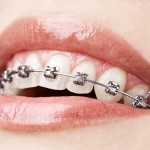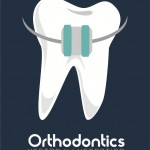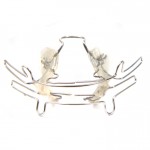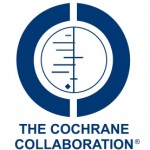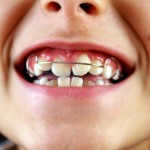
This review the prevalence of malocclusions and different orthodontic features in children and adolescents included 123 studies. However the broad range of approaches used in the studies to determine malocclusion and orthodontic features means that the findings need to be interpreted cautiously.
[read the full story...]
